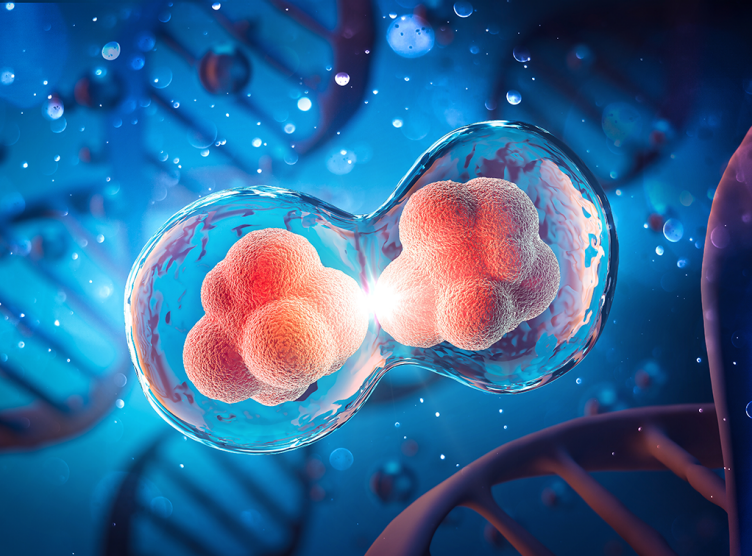
Regenerative Protein Arrays (RPA)
-
Regenerative Protein Arrays (RPA) are the “active ingredients” (cytokines, growth factors, miRNA) from all three layers of the placenta, responsible for growth and healing of brain, nerve, soft tissue, organ and musculoskeletal systems.
RPA contains over 80 different cytokines, growth factors and miRNA versus 40 contained in amnio, Wharton’s jelly, bone marrow, PRP, and cord blood combined.
RPA is an acellular, non-biologic product that contains the basic “active ingredients” found in stem cell and exosome products. This eliminates the need for cellular delivery mechanisms; and decreases the potential for a negative reaction, which is possible with cellular products.
-
RPA works by “reprogramming” the local environment, reactivating the cellular processes, and returning the body to the homeostasis of pre-puberty, the peak of the body’s ability to heal.
-
• Regenerative Protein Array (RPA) is only sourced from donors with a 20-year history of no cancer, no systemic disease, and no genetic altering therapies or inoculations (i.e. COVID-19 Vaccination.)
• All donors are screened with lifestyle testing and proven negative for communicable disease via third party, FDA/CLIA certified labs.
• Post-incubation, the product goes through a 4-stage filtering process to remove all cellular tissue, yielding the acellular, non-biologic product you know as RPA.
• The final stage before lyophilization is endotoxin testing, where third party, FDA/CLIA certified labs prove the final product to be “sterile” via meeting the minimum standard of <0.005 EU/mL.
-
• RPA is produced at FDA registered labs in the United States.
• All donors, tissue, and final product are tested at third party FDA/CLIA certified labs.
• The FDA classifies RPA as a “cell factor” since it is created through an incubation / emission process and is acellular. Therefore, the product is exempt from 21 CFR 1271 biologic regulations.
• The FDA oversees all steps of donation, transport, testing, production, sterilization, and packaging, but treats RPA like a nutraceutical, leaving the choice of use up to the treating physician and patient.
Regenerative Protein Arrays: Bioactive Component Breakdown
a comparative overview of the bioactive ingredients in RPA. It outlines key active components such as growth factors, cytokines, and peptides—and compares their regenerative functions to those found in other biologic therapies like PRP, stem cell secretomes, and amniotic extracts. The table also references supporting clinical journal articles that validate the biological activity and therapeutic relevance of each component, providing a concise scientific summary of RPA’s regenerative potential.
Regenerative Protein Array Informed Consent & Risk Acknowledgement
Please fill out this form if you intend to receive RPA treatment from Hawai’i Center for Regenerative Medicine. Email the completed form to smigelmd@gmail.com, bring a physical copy to the office or fax to (808)933-3433.

